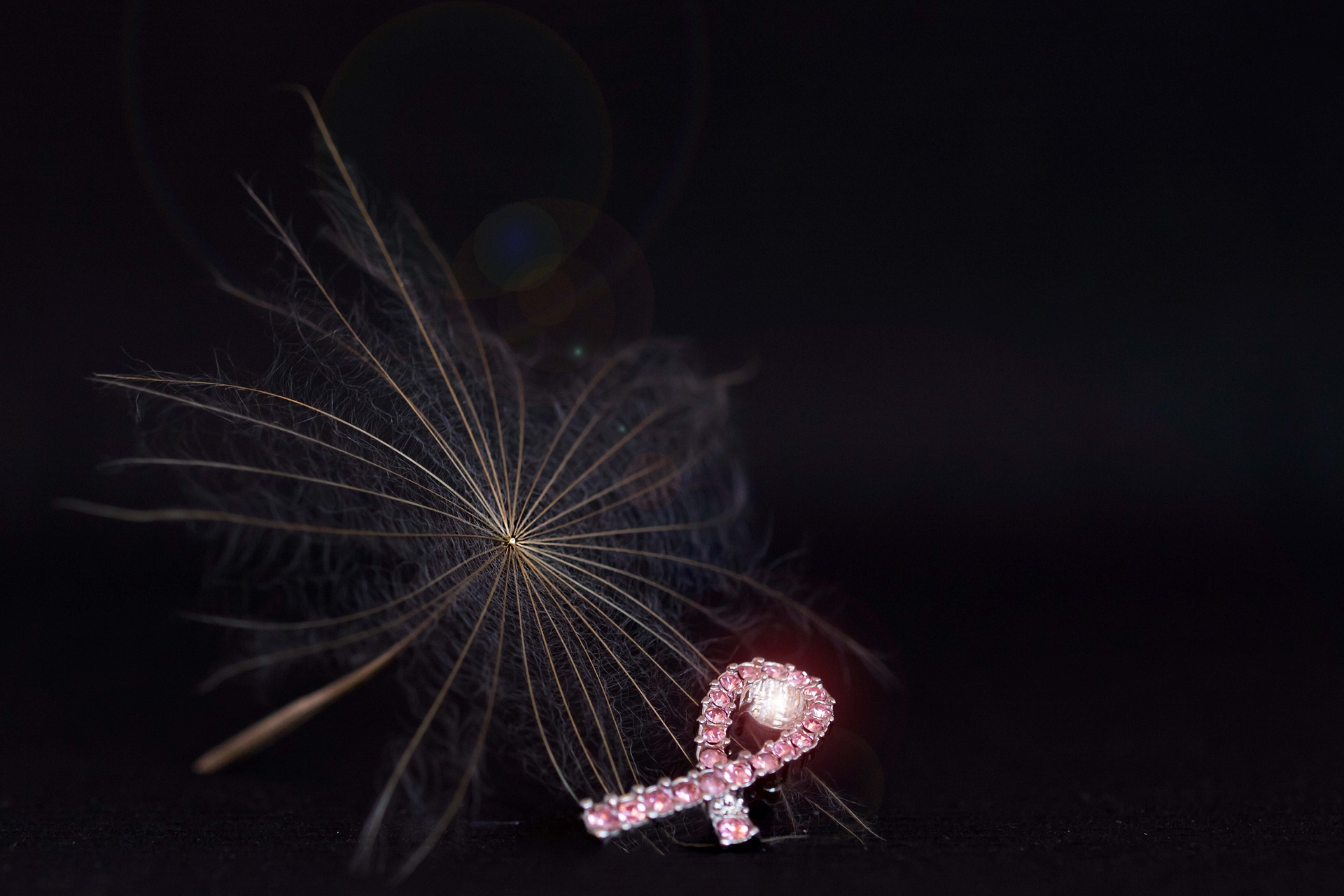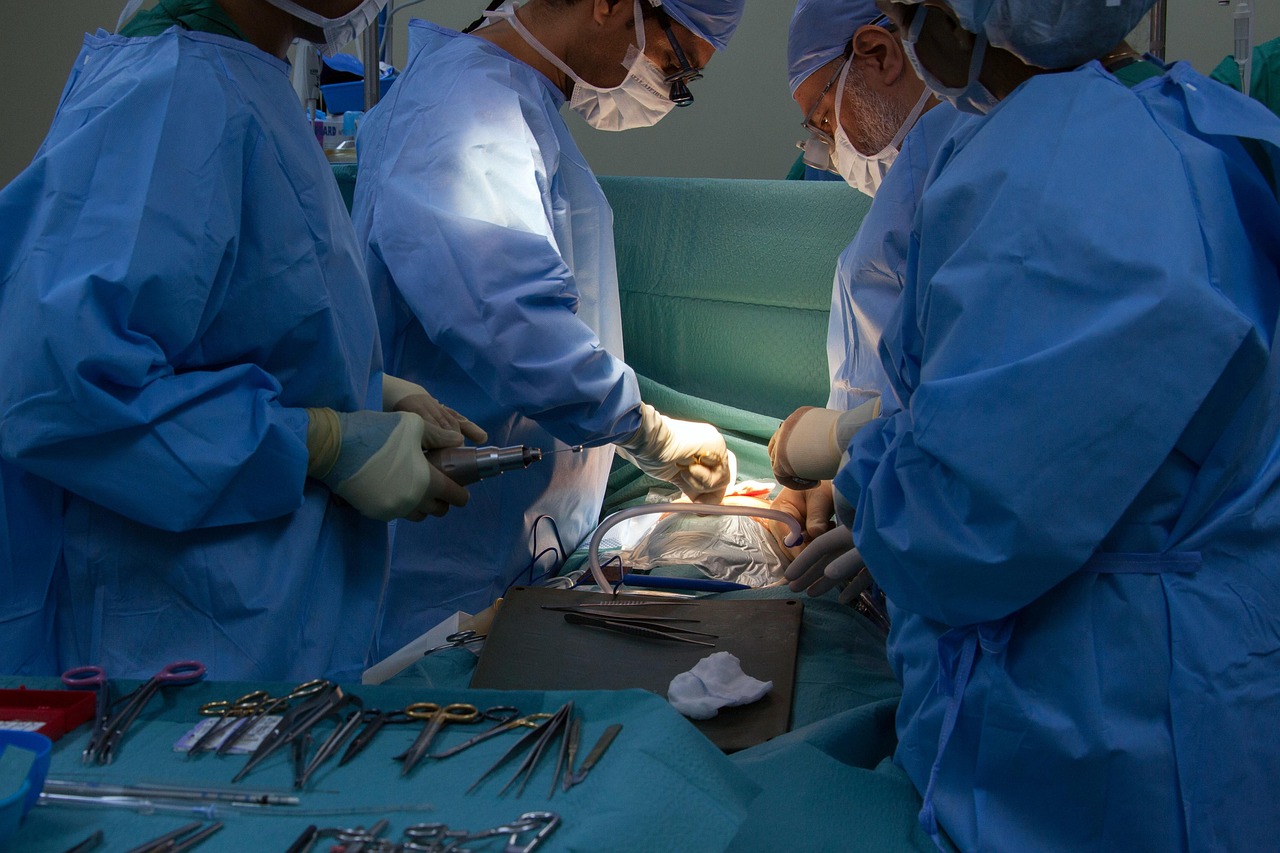Screening Guidelines
Ages 20-39
- Monthly breast self-examination
- Clinical breast examination every 1-3 years
- Risk assessment with healthcare provider
Ages 40-49
- Annual mammogram recommended
- Monthly breast self-examination
- Annual clinical breast examination
Ages 50+
- Annual or biennial mammogram
- Monthly breast self-examination
- Annual clinical breast examination
Types of Screening

Mammogram
X-ray examination of the breast tissue to detect abnormalities

Ultrasound
Sound waves used to create images of breast tissue

MRI
Magnetic resonance imaging for detailed breast examination
Risk Factors
Genetic Factors
Family history and genetic mutations like BRCA1 and BRCA2
Age
Risk increases with age, especially after 50
Reproductive History
Late pregnancy or no pregnancies can increase risk
Lifestyle Factors
Diet, exercise, alcohol consumption, and smoking
Breast Self-Examination Guide
Visual Inspection
Look for any changes in size, shape, or color of your breasts while standing in front of a mirror.
Physical Examination
Use your fingers to check for any lumps or abnormalities in your breast tissue.
Lying Down Check
Repeat the examination while lying down, as this spreads the breast tissue more evenly.
Frequently Asked Questions
The general recommendation is to begin annual mammograms at age 40. However, if you have risk factors, your doctor may recommend starting earlier.
Mammograms can cause temporary discomfort due to breast compression, but the procedure is quick and essential for early detection.
A typical screening mammogram takes about 20-30 minutes. You'll need to undress from the waist up and stand in front of the mammogram machine while each breast is compressed for imaging.
For women 40 and older with average risk, annual mammograms are recommended. Women 55 and older can switch to biennial screening or continue yearly screening, based on their doctor's recommendation.
An abnormal result doesn't necessarily mean you have cancer. You may need additional imaging or a biopsy to determine if there's a problem. About 80% of women who get follow-up tests do not have cancer.